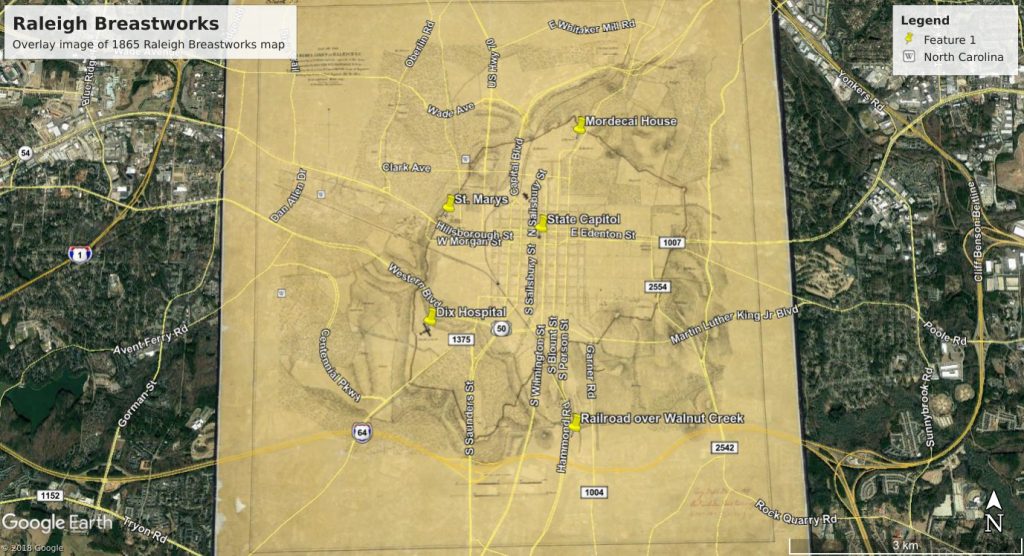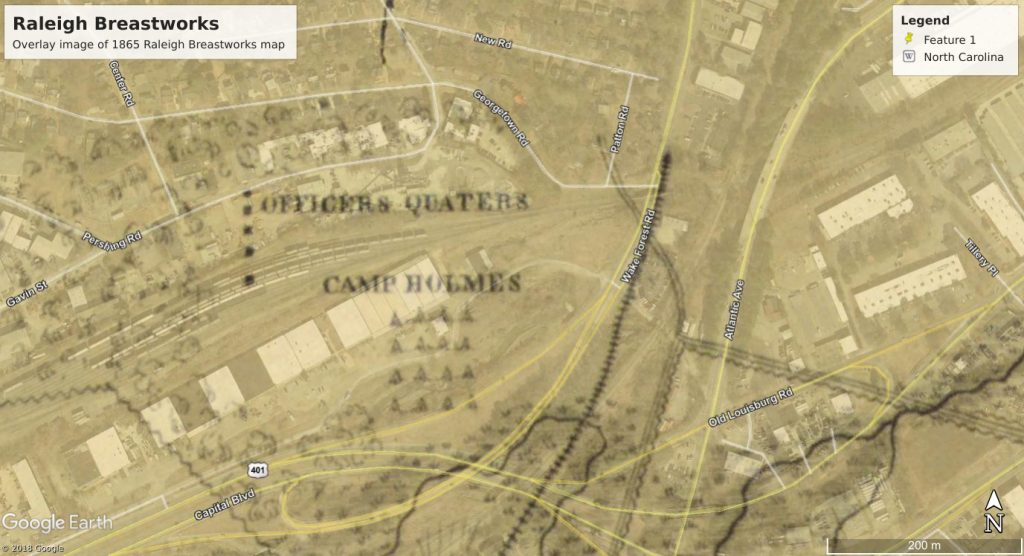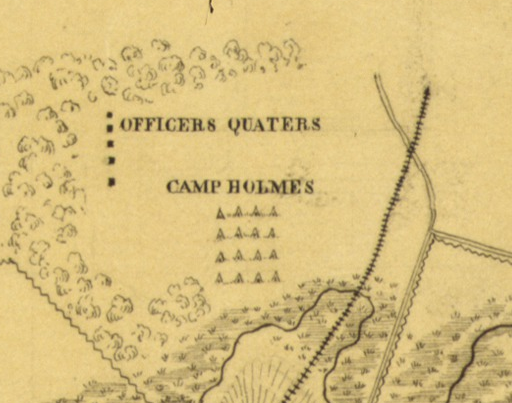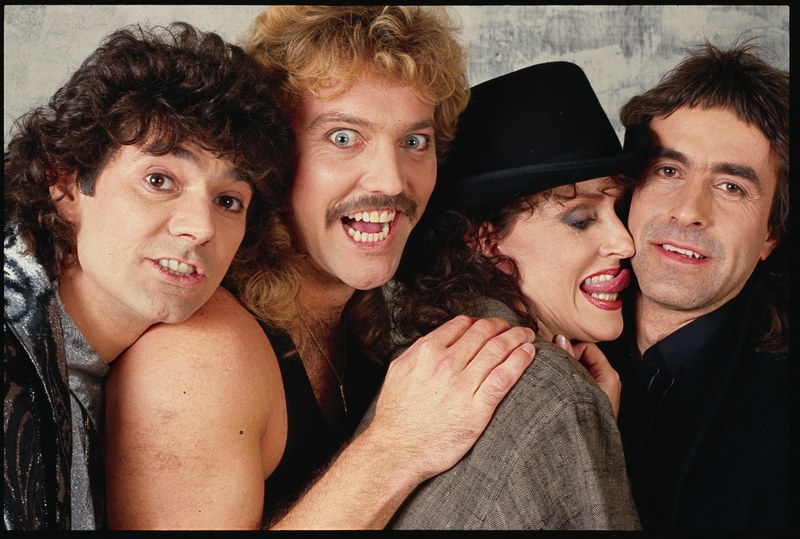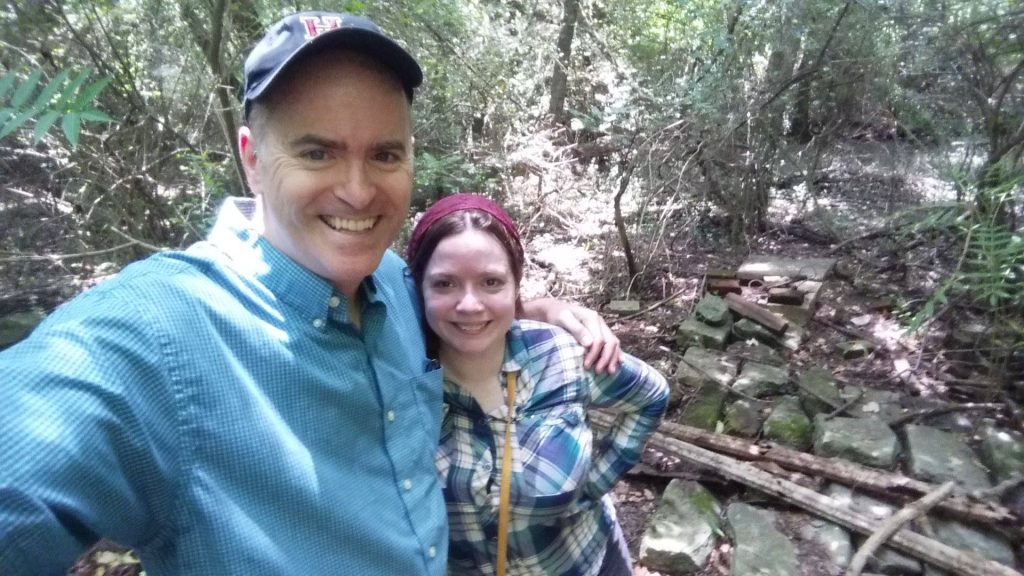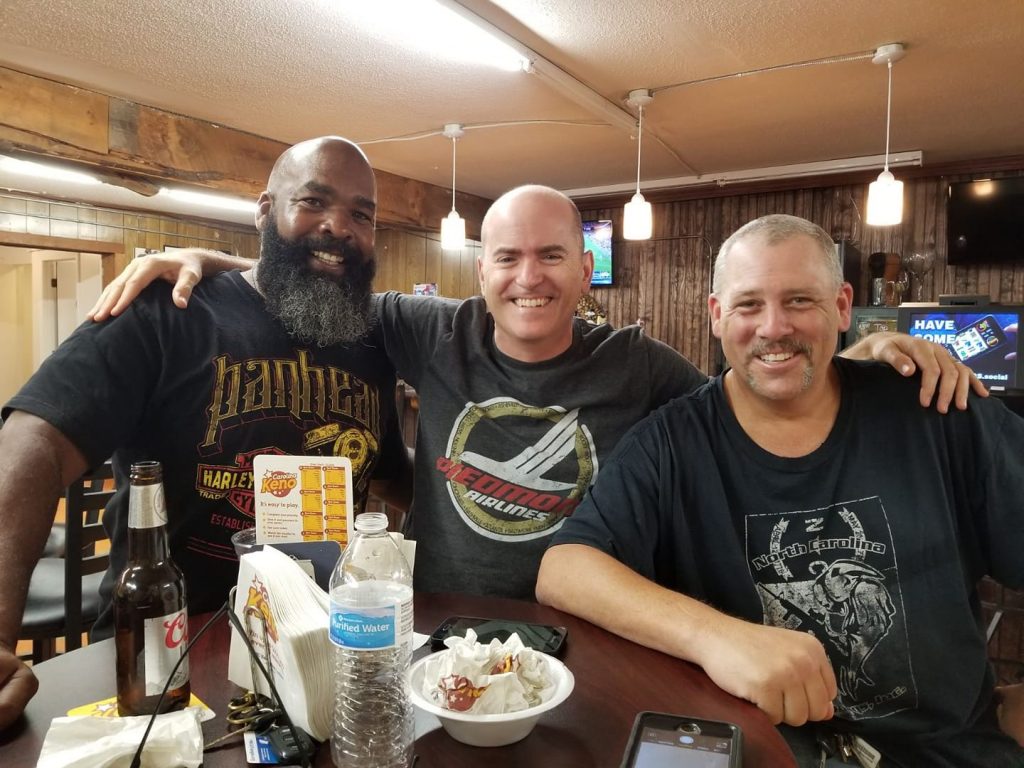
L-R: Orlando Brown, Mark Turner, Robert Nordman
I got the urge last week to set up a meeting with my former USS Elliot shipmate, Orlando Brown. Orlando, or “OC” as we call him, lives near Creedmoor and so picked out a beer joint in that neck of the woods. It took me the better part of the hour to navigate my way there last night, with my T-Mobile cellphone losing its network signal in the thick woods.
When I walked in, 15 minutes late, there was OC along with another shipmate I hadn’t seen for over thirty years: Robert Nordman. I had been hoping that OC had thought to invite him, which was easy to do because he and OC live so close to each other.
We spent three hours catching up, telling sea stories, and being thankful that we’re still here to tell the tales. Rob was in very good spirits in spite of having been diagnosed with cancer earlier this year. He has always worked his ass off at whatever he does and OC and I kept him out later than he would’ve liked as he was running out of steam.
I was also struck by Rob’s mention that many of our shipmates are dealing with illnesses, many of which sound like Gulf War Illness. Some of these guys can’t even walk anymore and they’re no older than 50. I’ll have more to say on this in a future post but last night served as a kick in the pants to pursue my own Gulf War Illness issues, get what I have diagnosed, and potentially get my VA disability claim filed. Life is too short, y’all.
Anyway, I love these guys like brothers.

